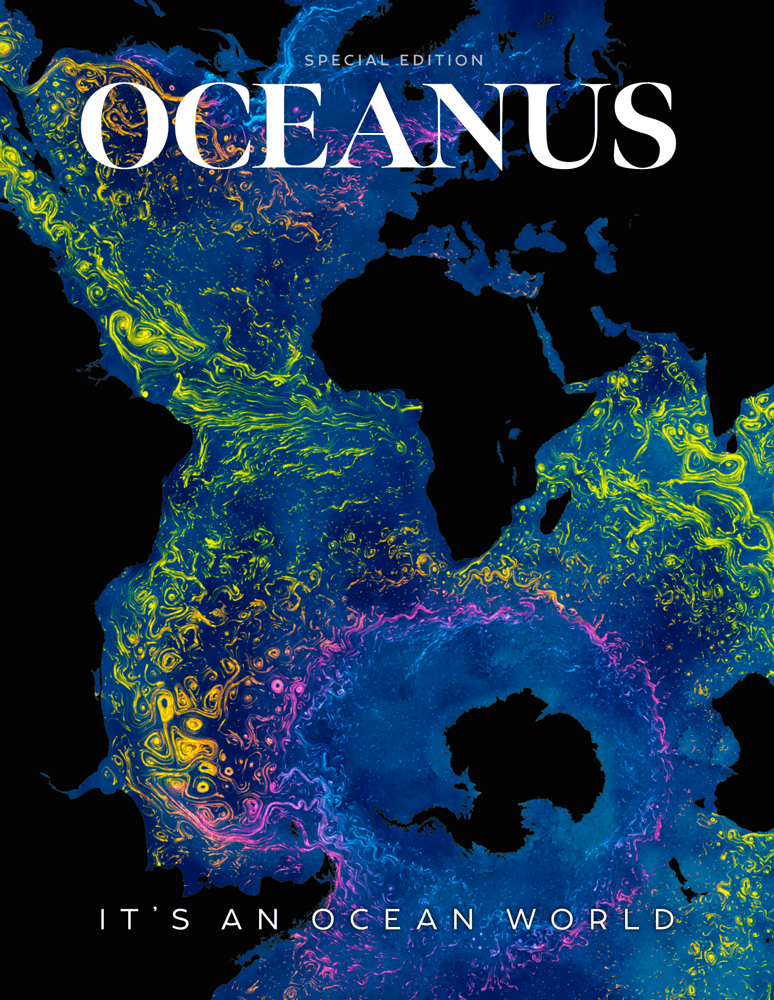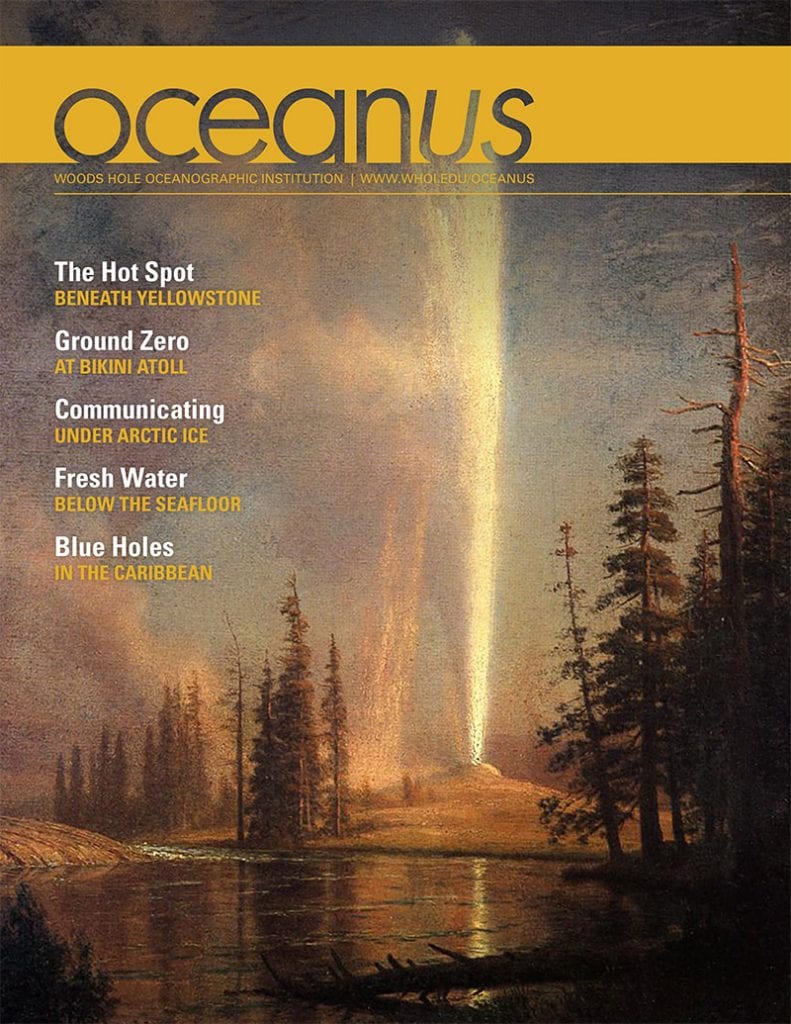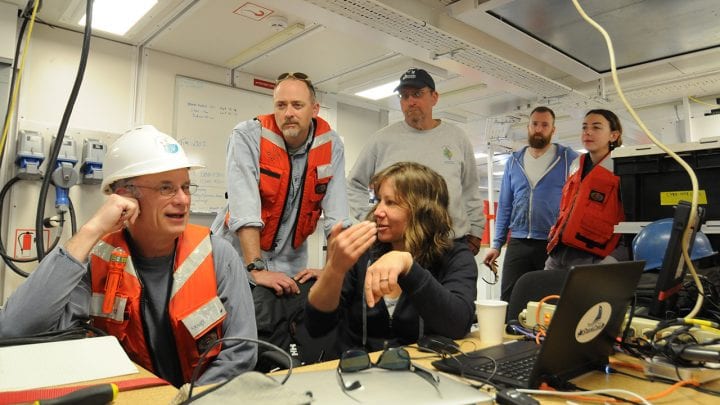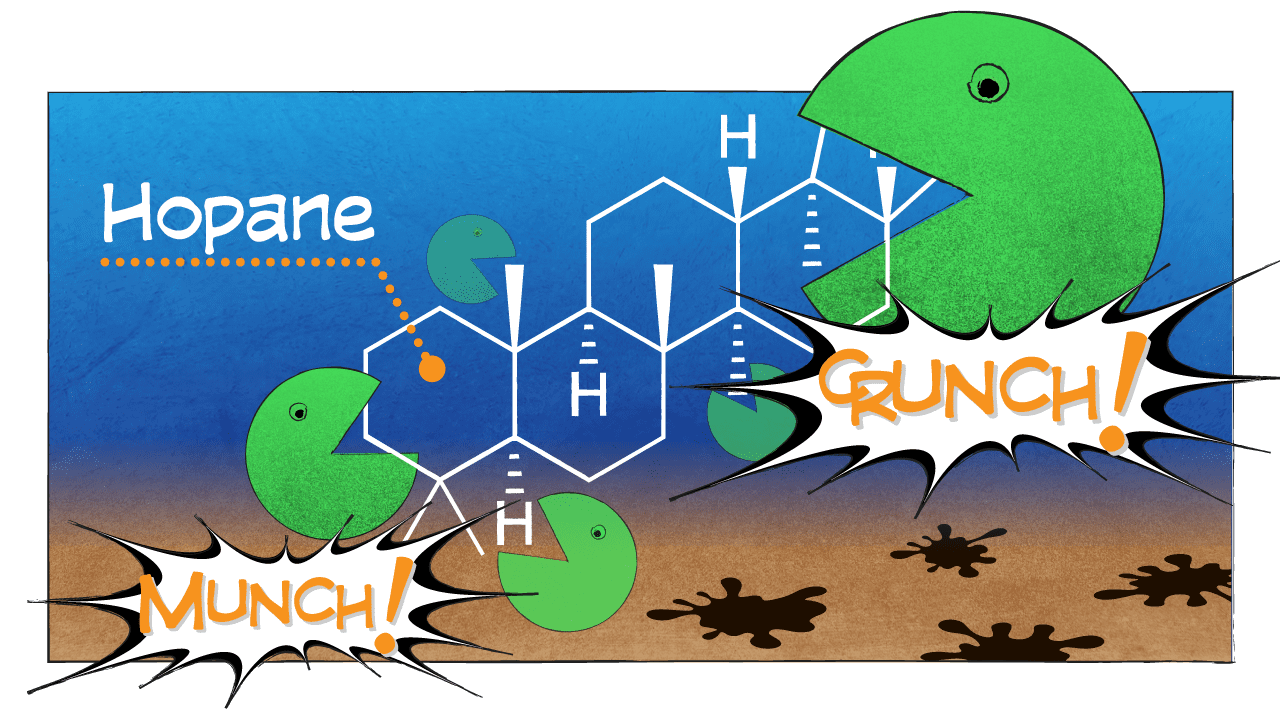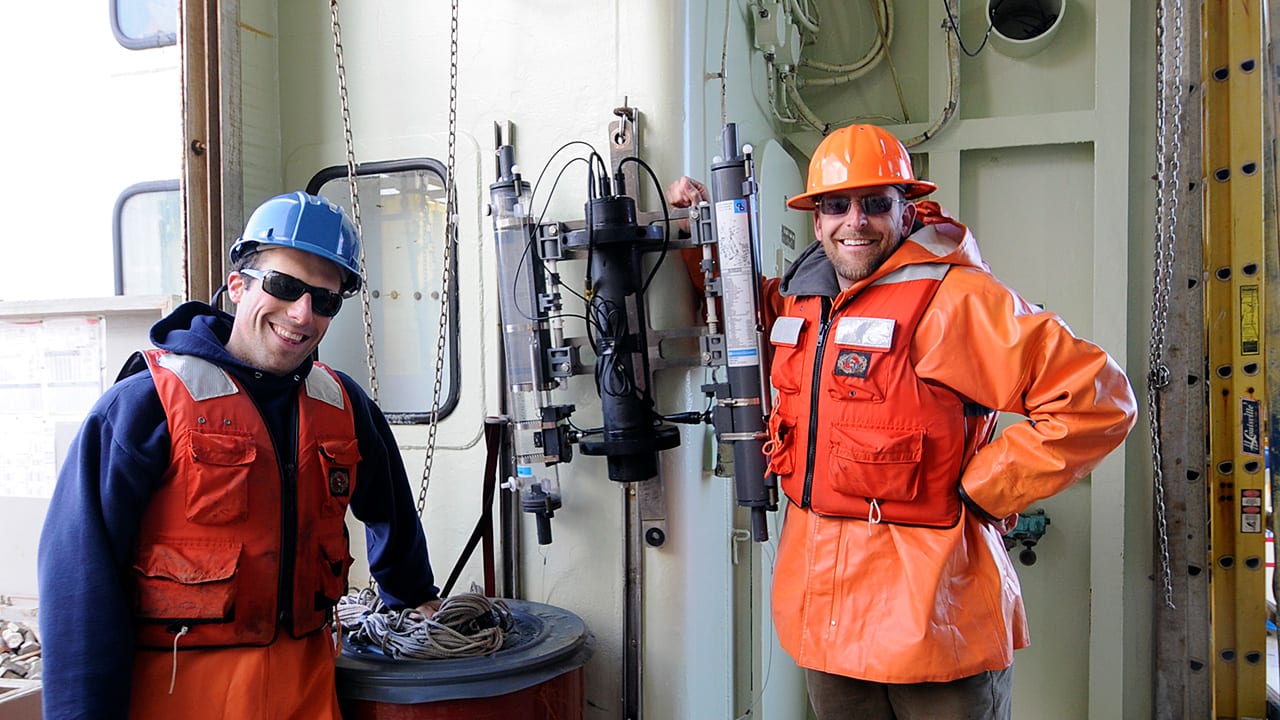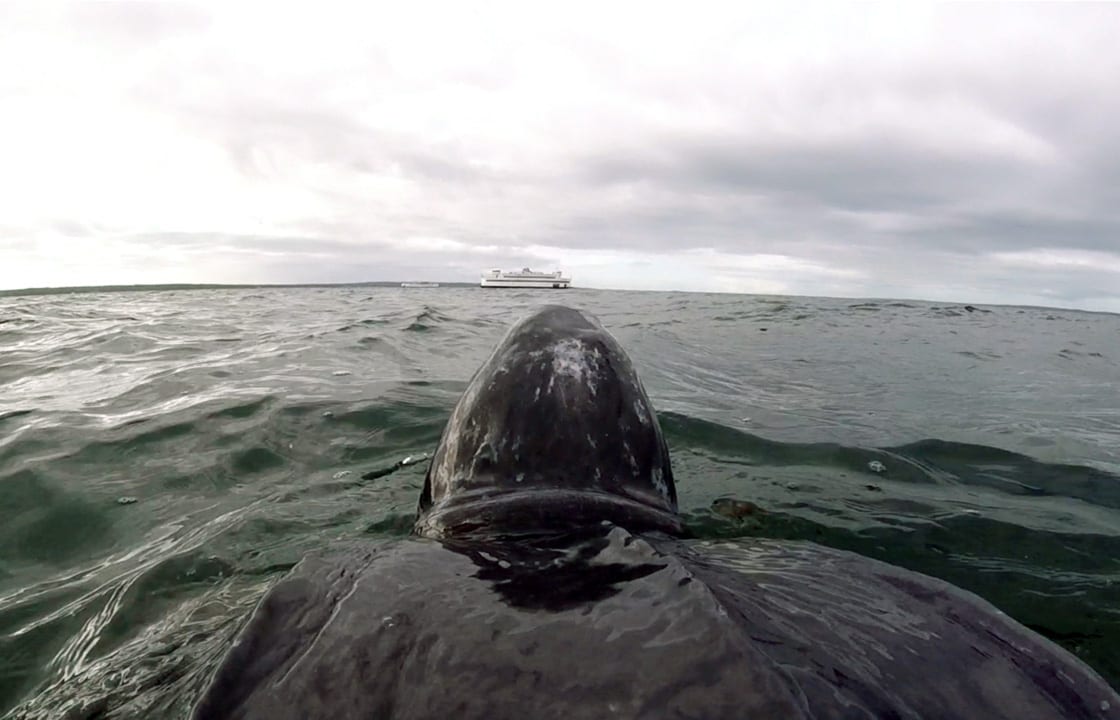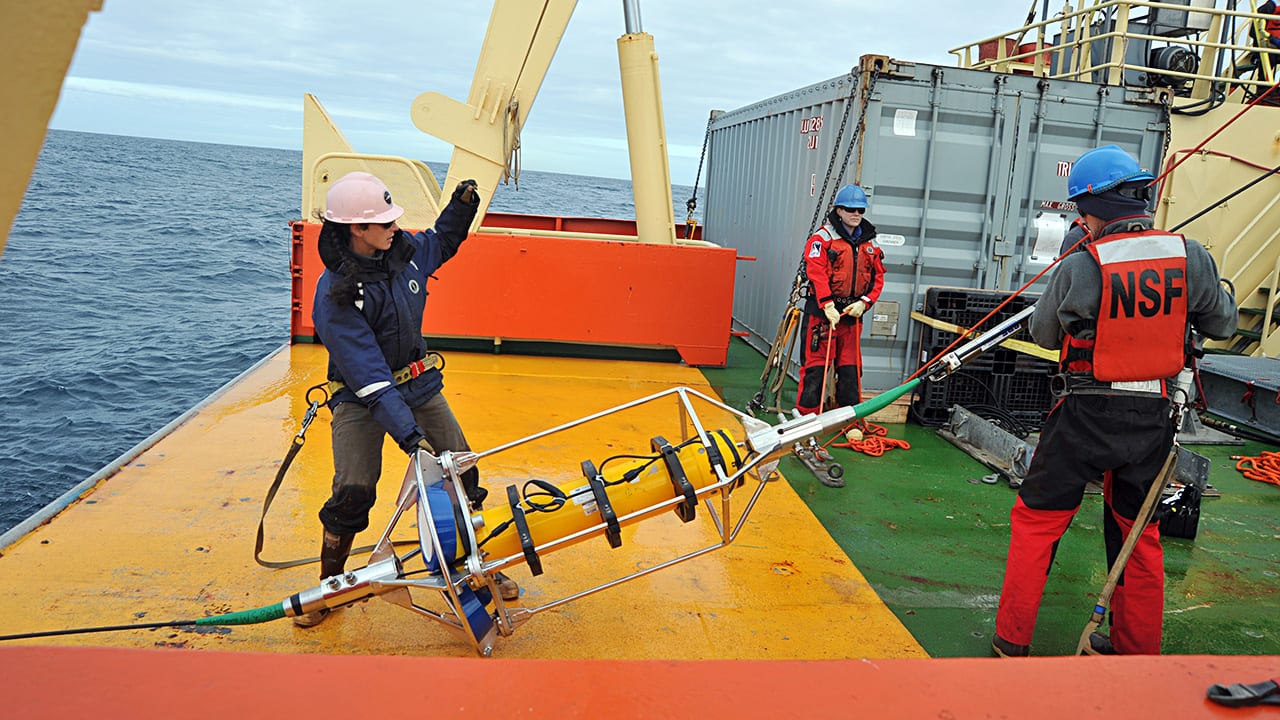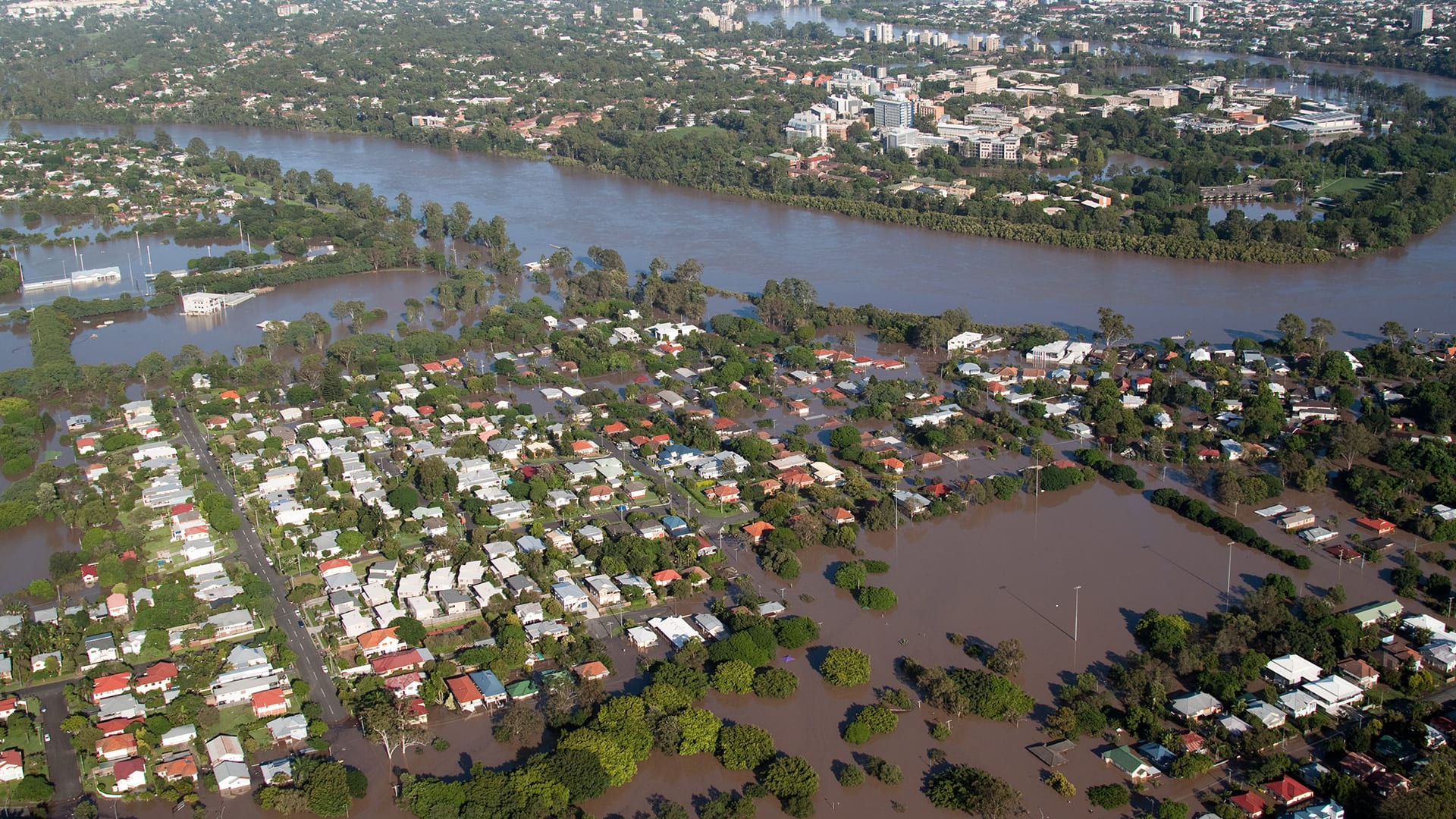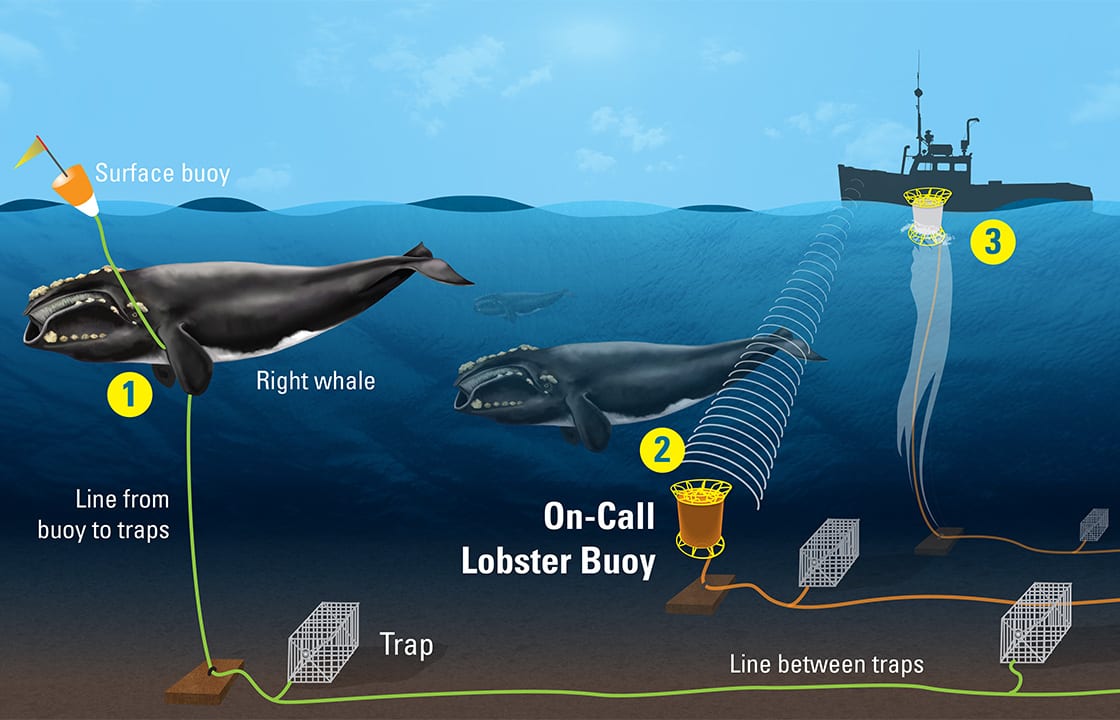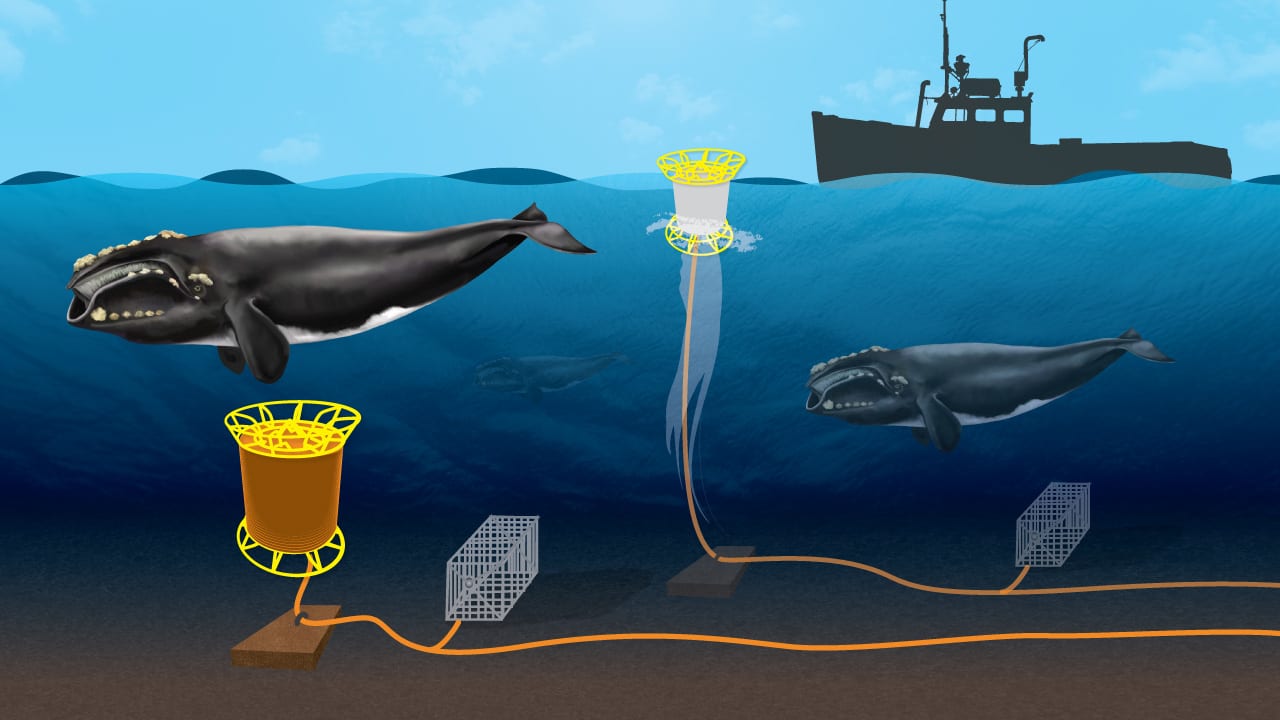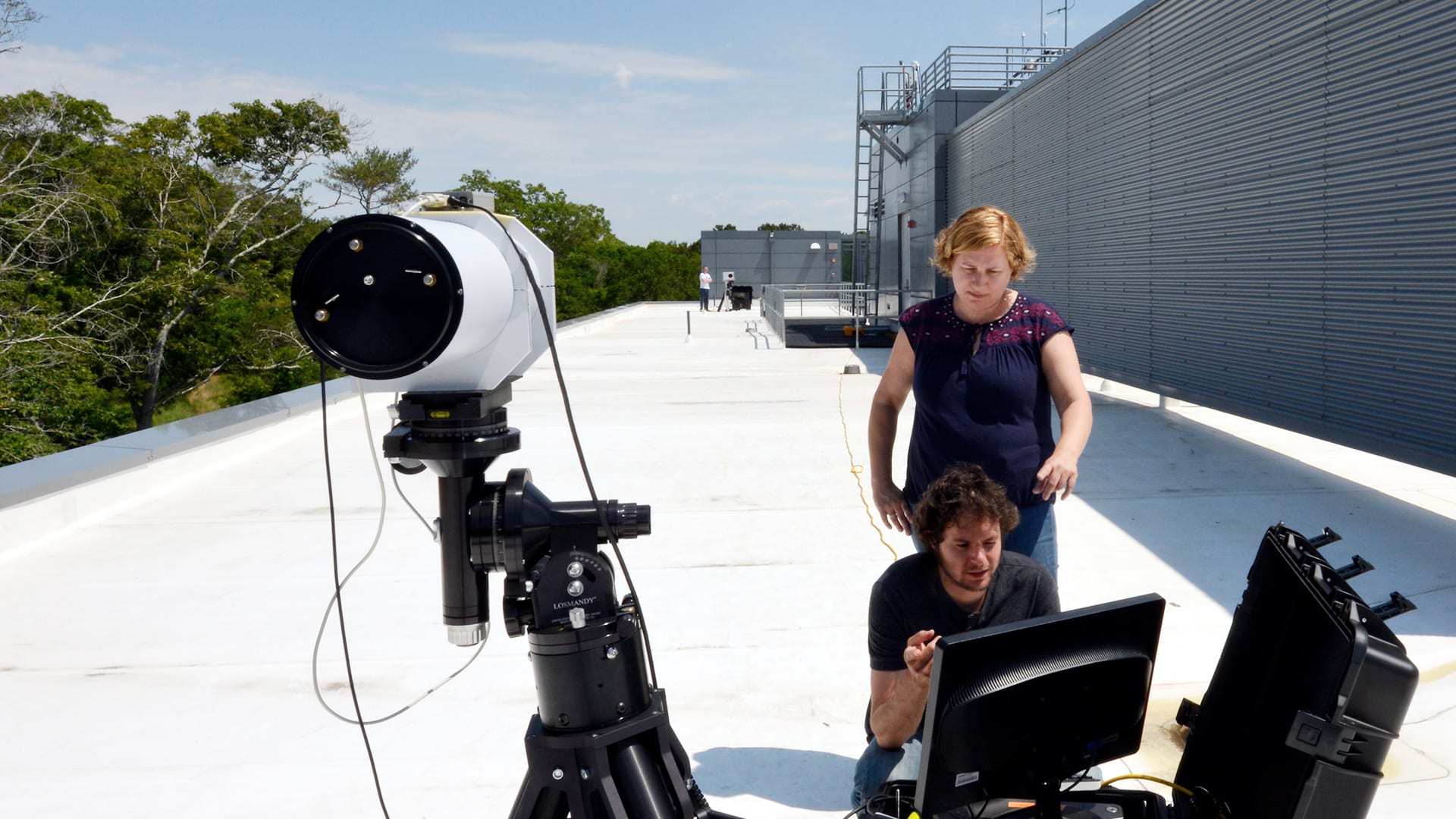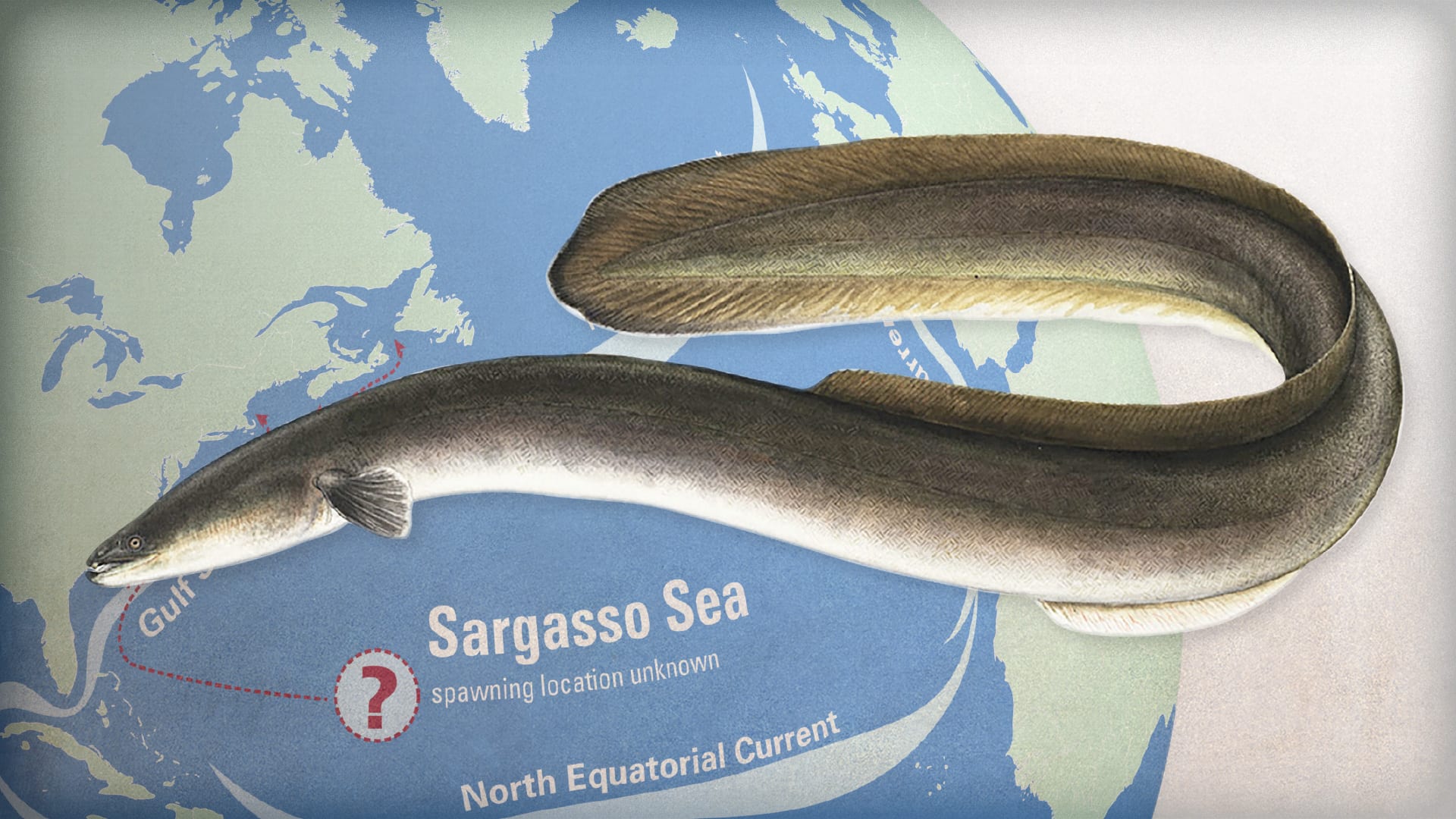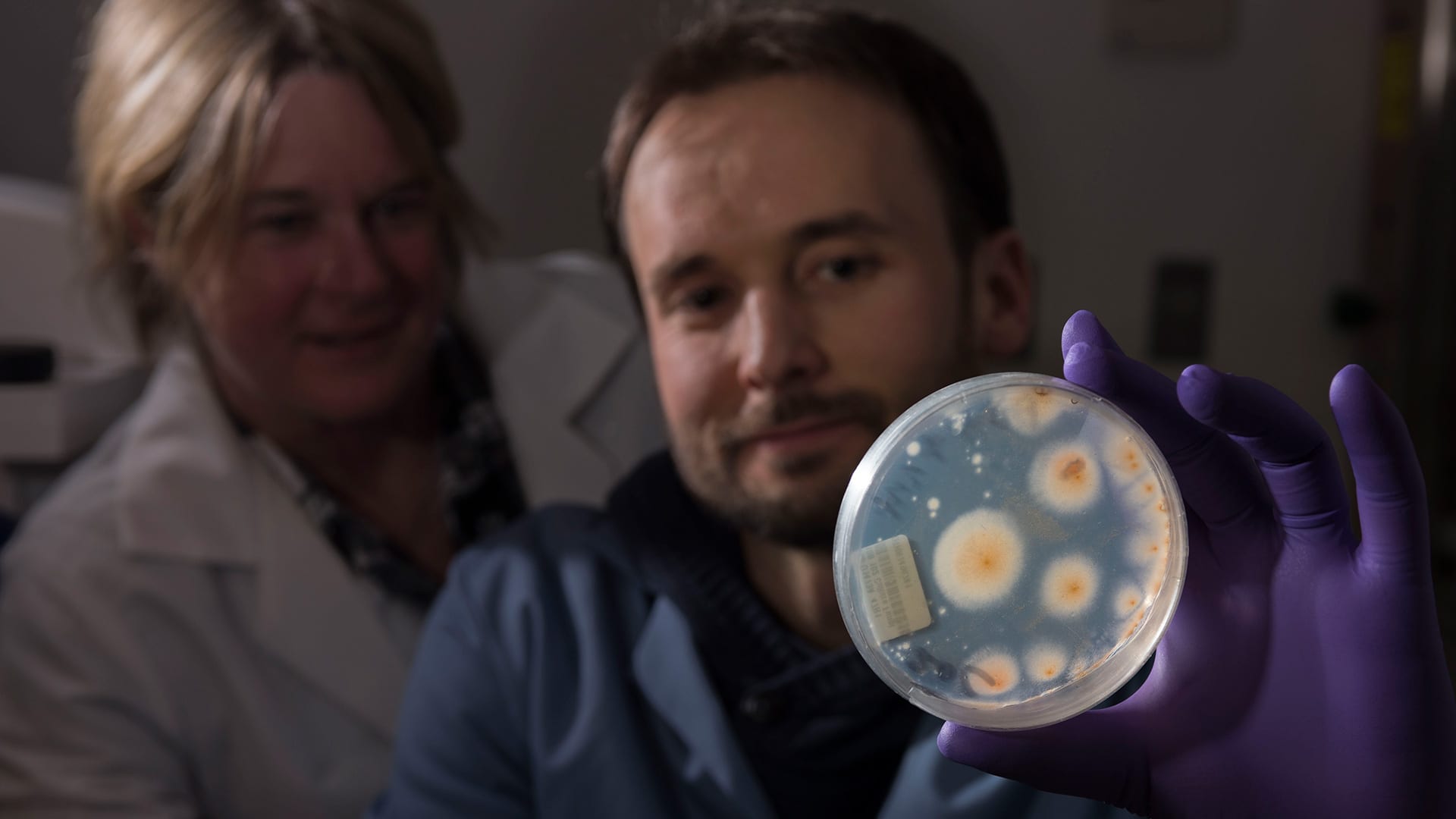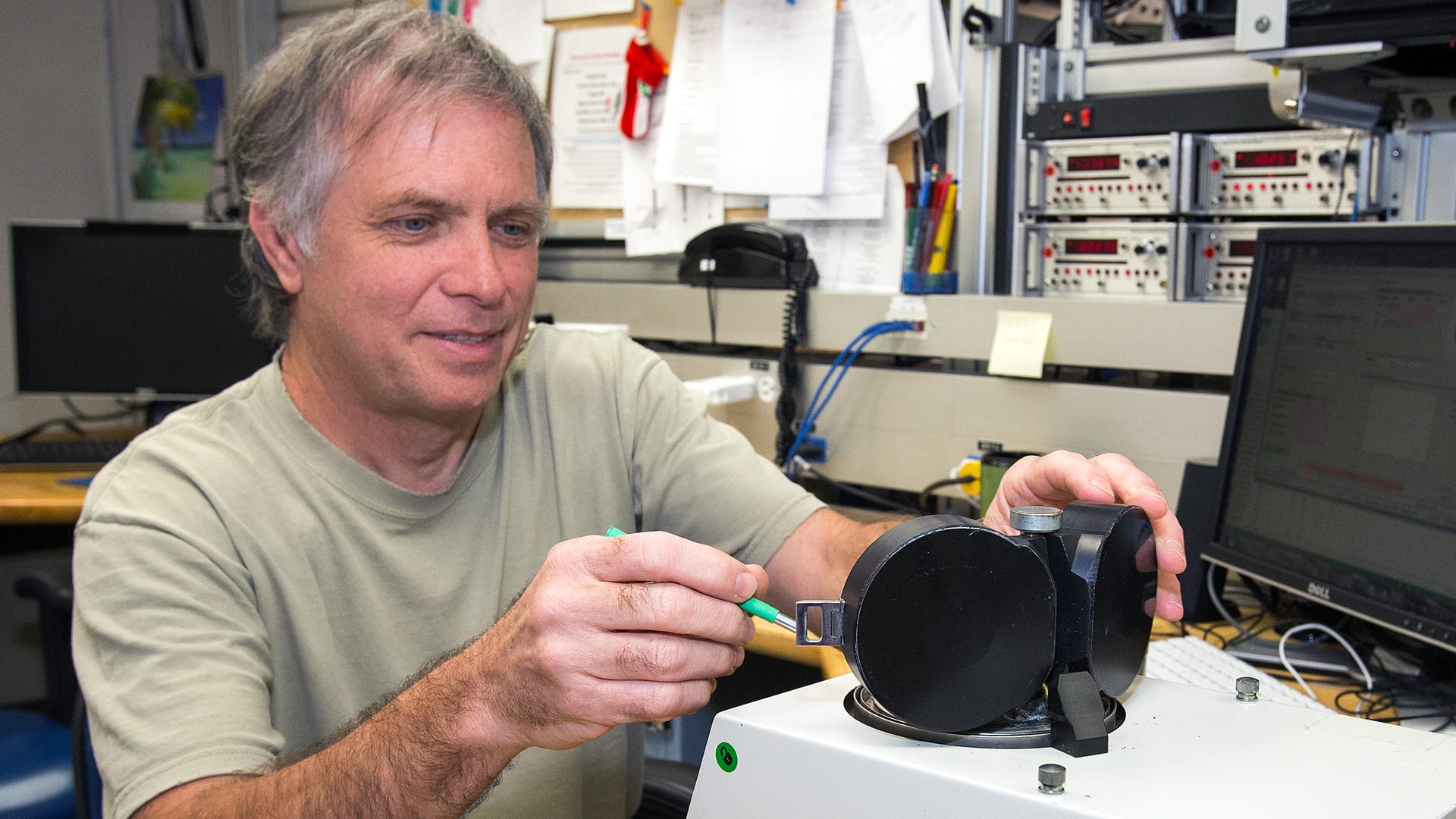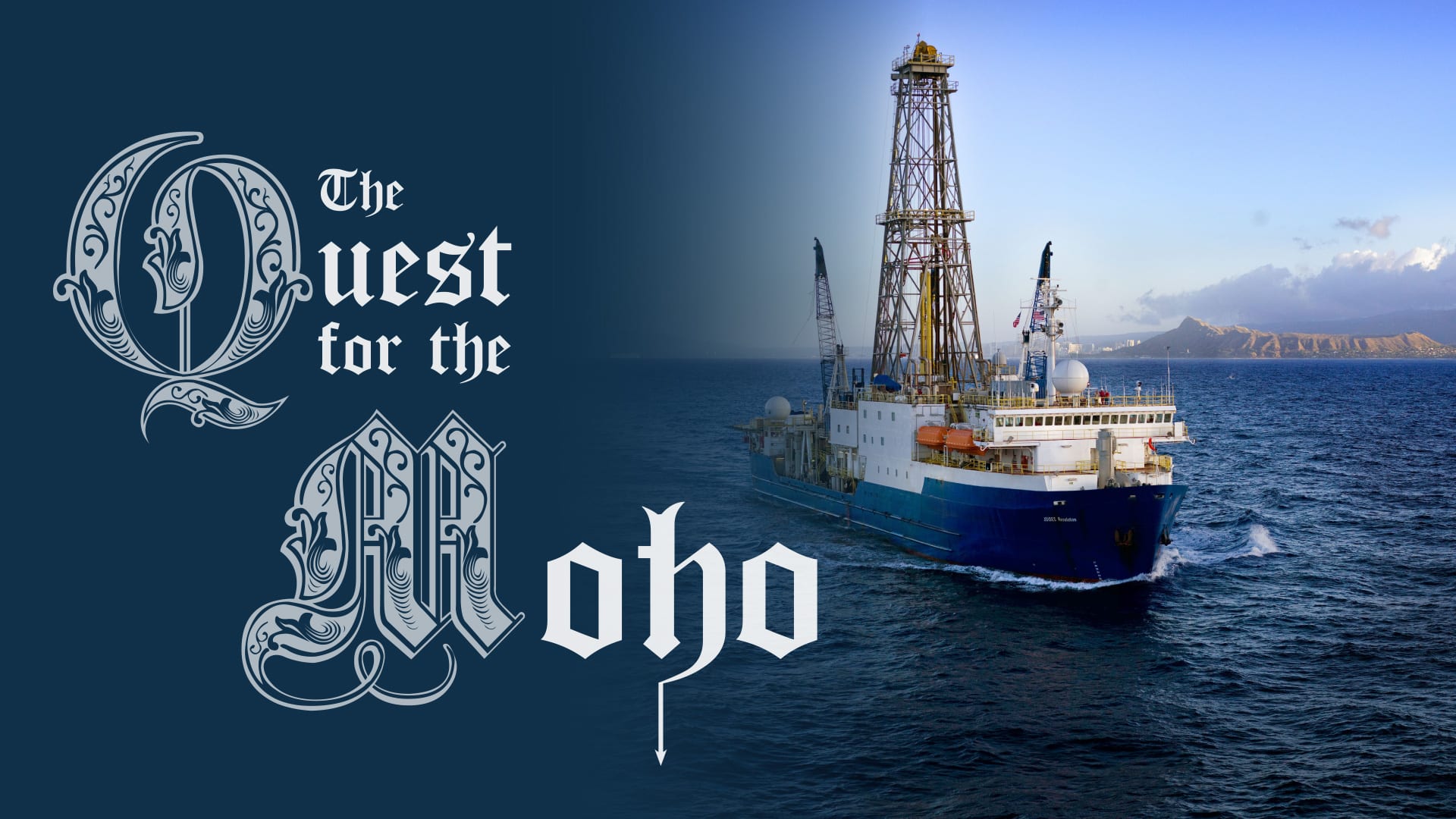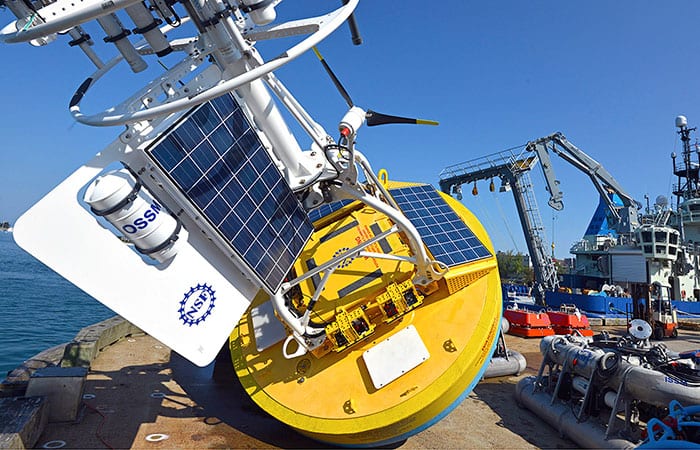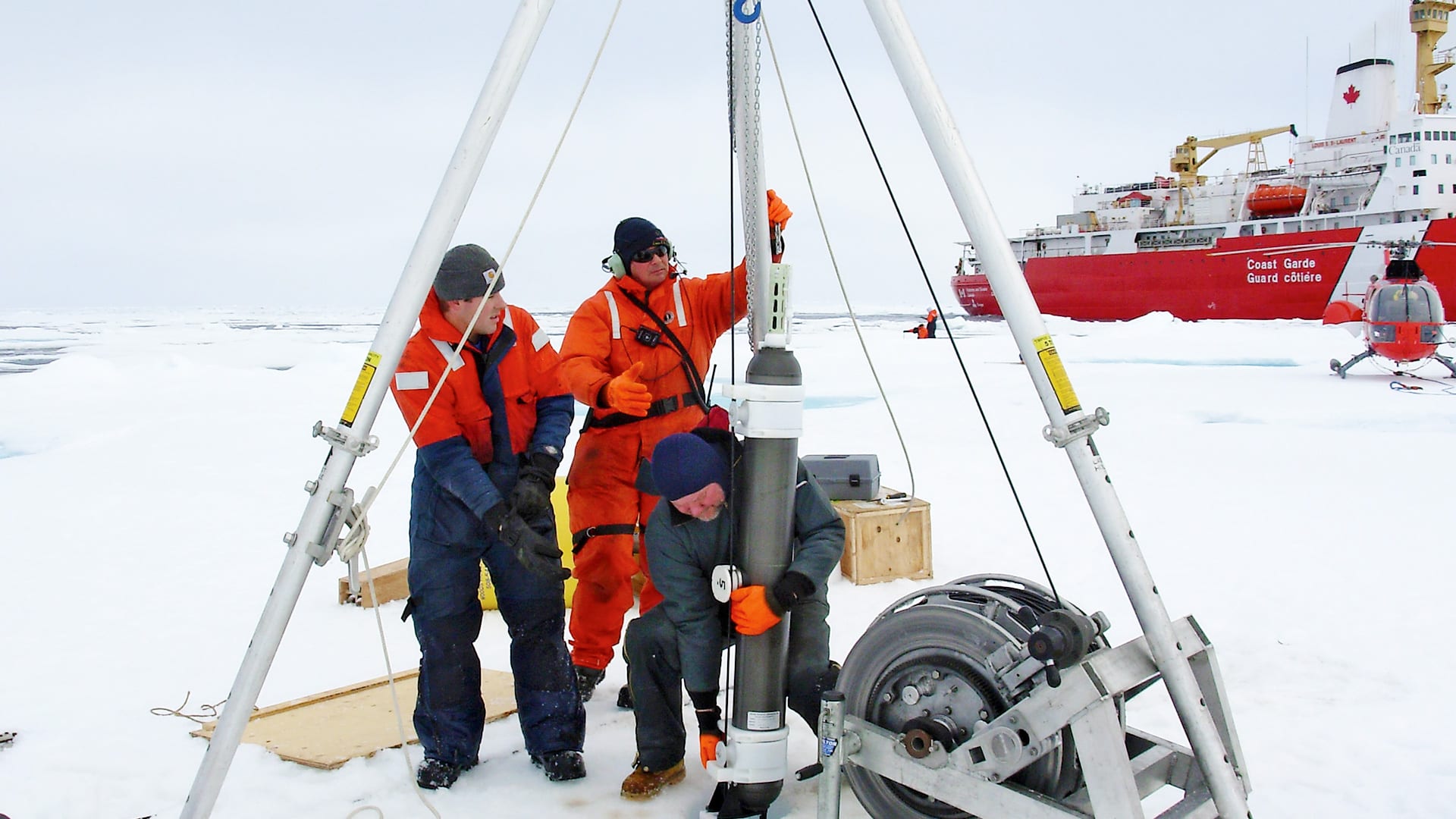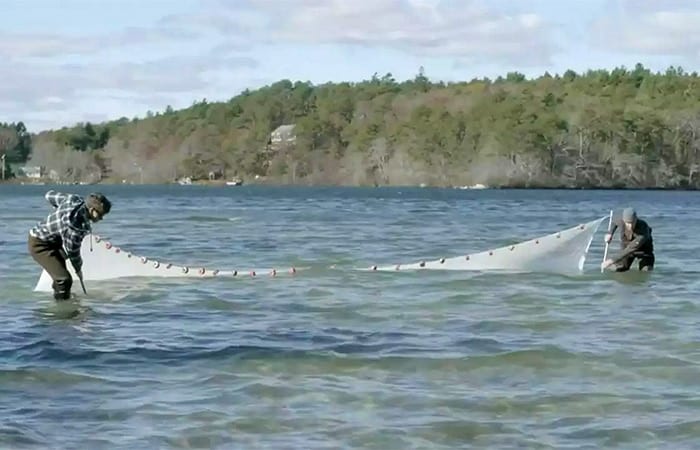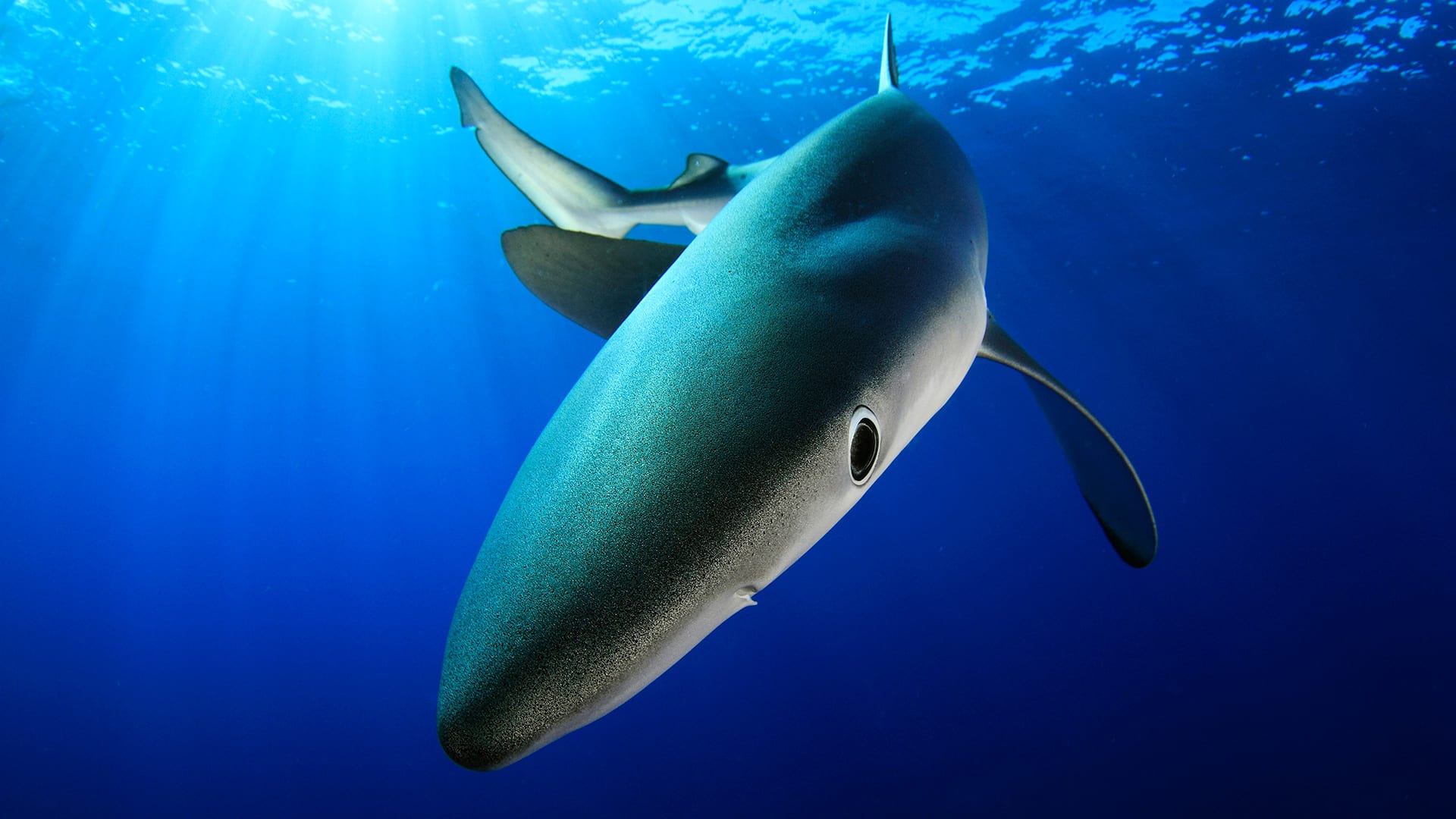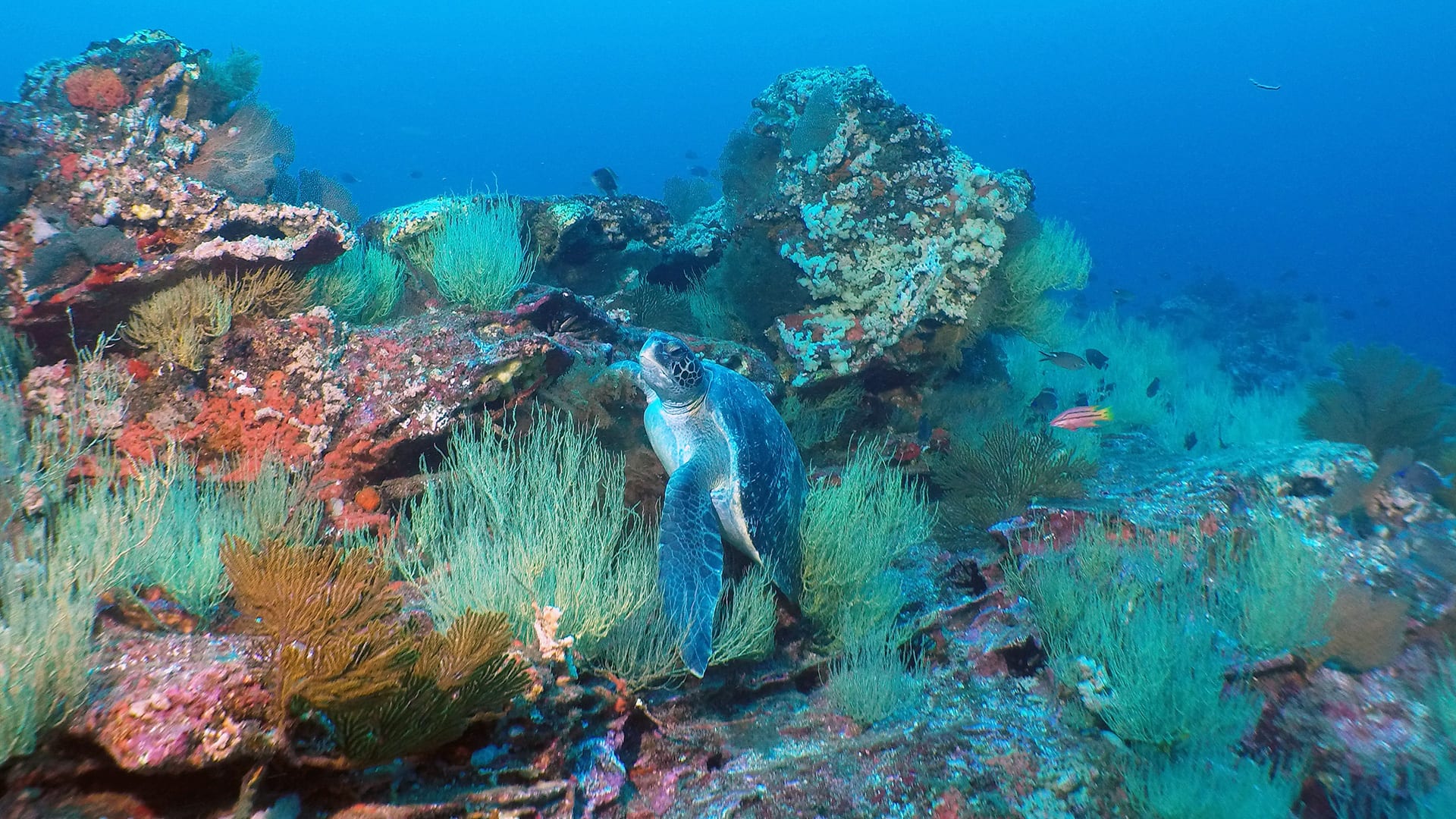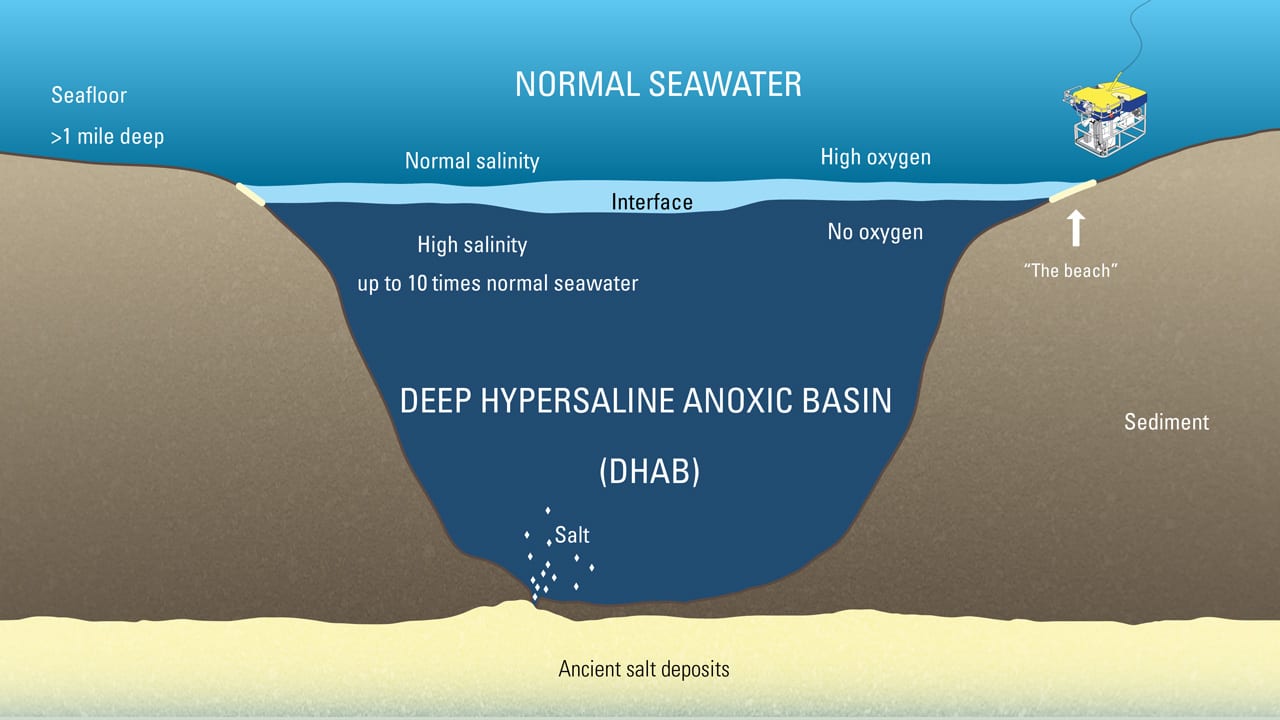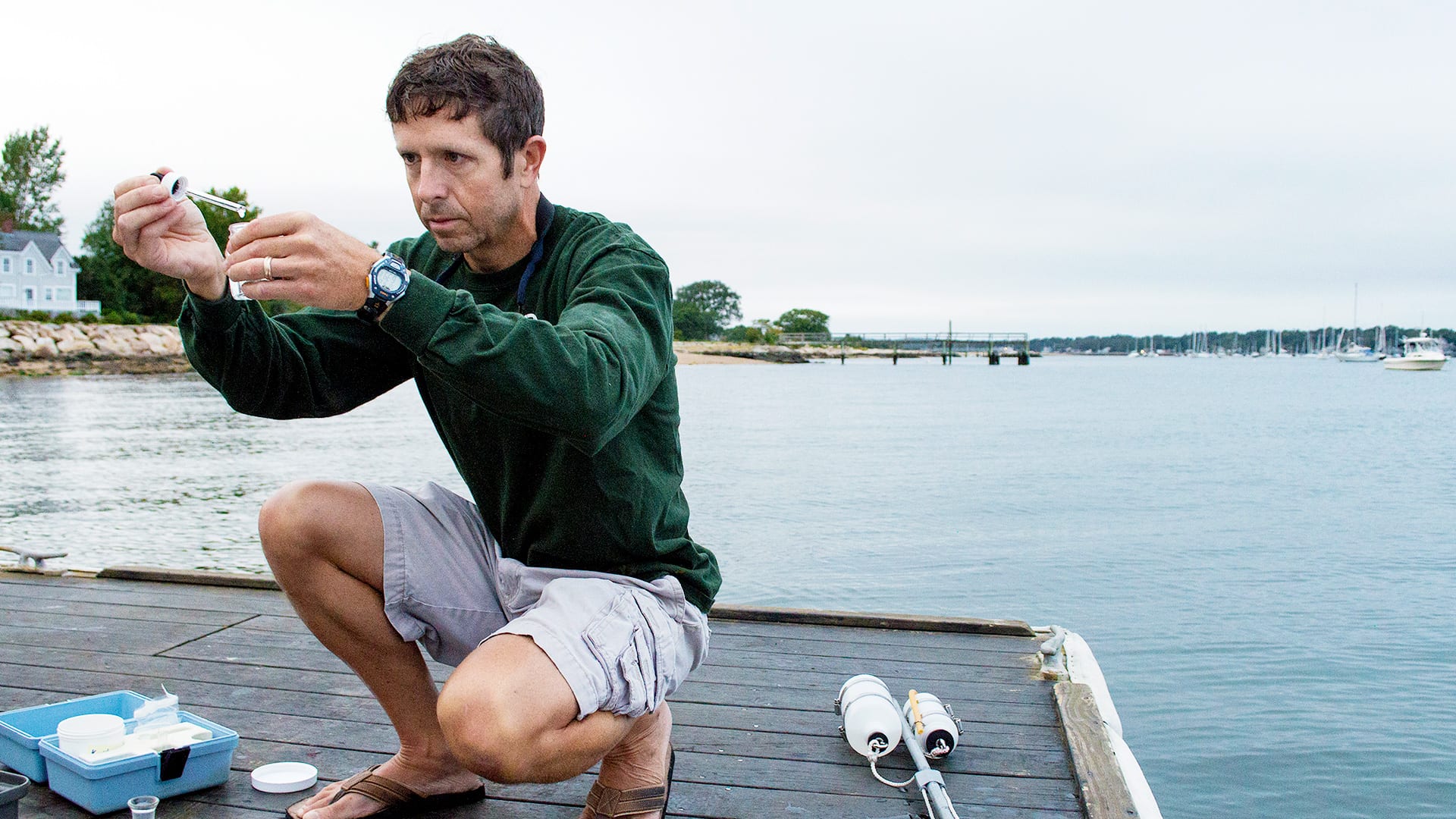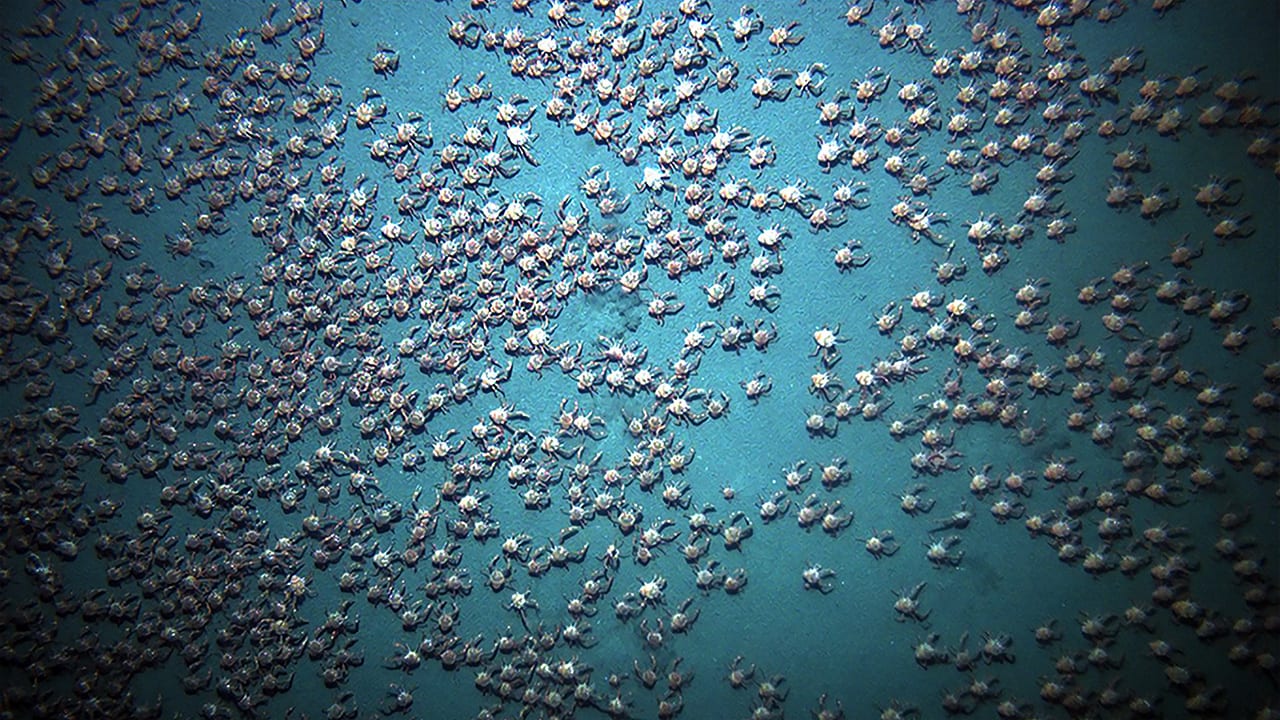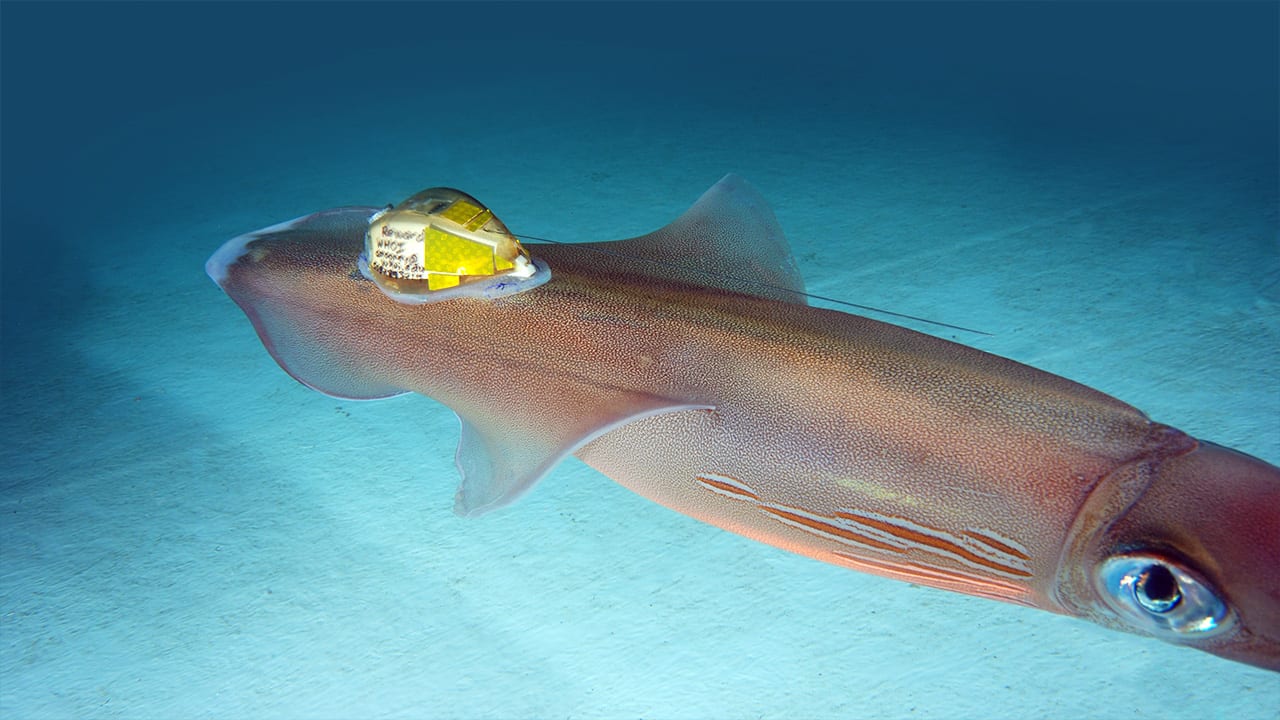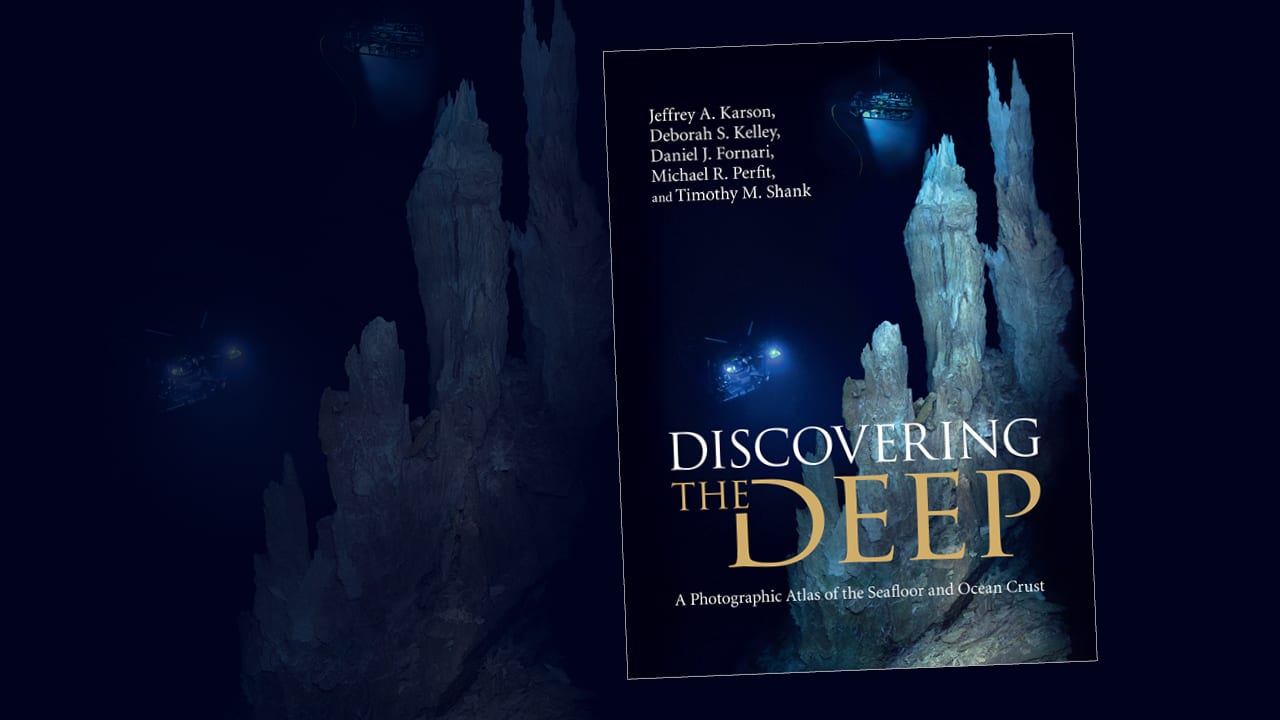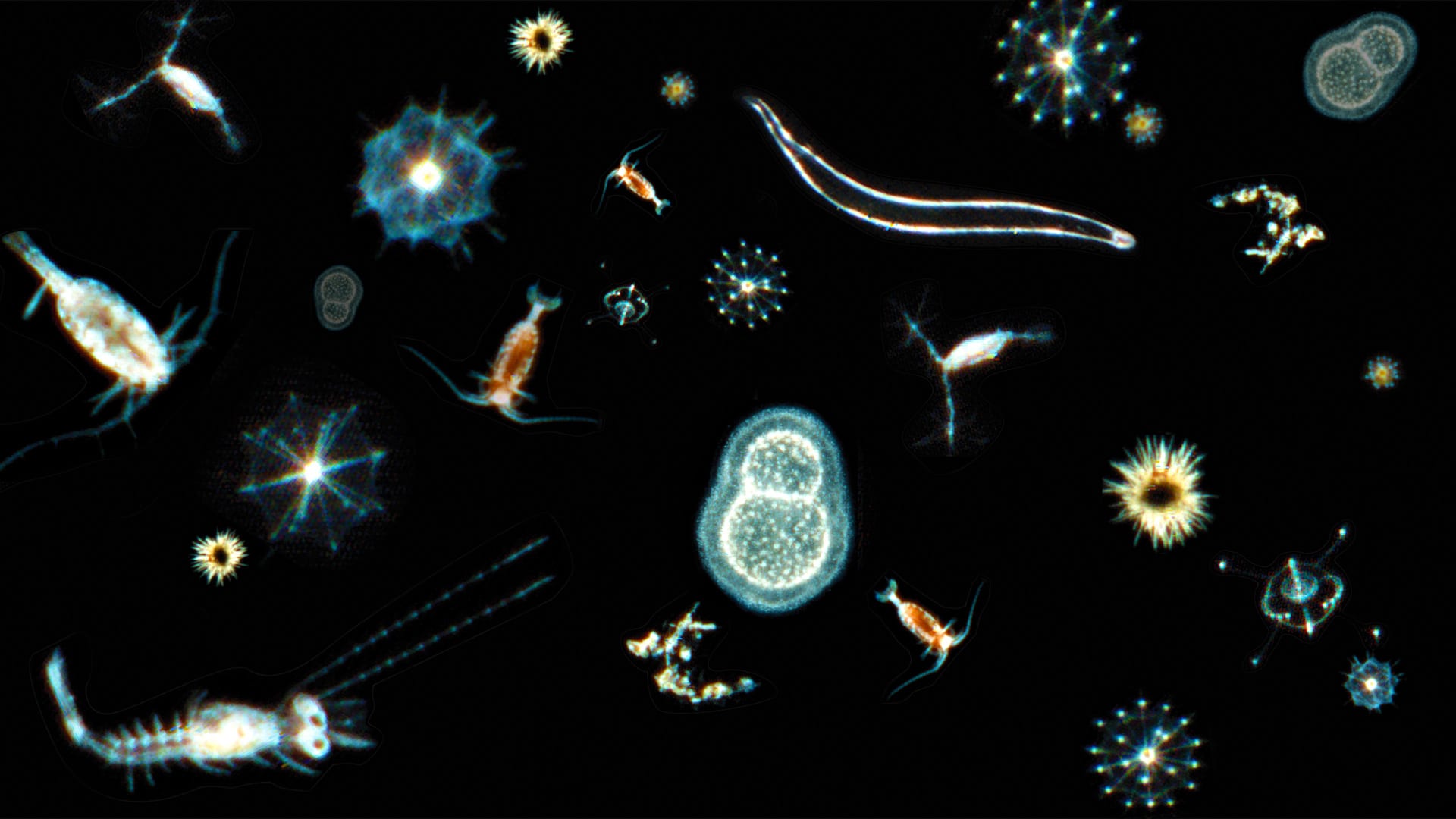Oceanus Online Archive
All the Ocean’s a Stage
“All right, Mr. Brickley, the show begins at two o’clock,” John Kemp announced as he entered the ship’s main lab on Saturday afternoon. Kemp is the deck operations leader for…
Read MoreWhat Happened to Deepwater Horizon Oil?
Officials pumped a huge amount of chemicals into the deep ocean during the 2010 Deepwater Horizon oil spill in an effort to disperse the oil. A study published this week in the Proceedings of the National Academy of Sciences offers evidence that the dispersant may helped microbes break down the oil.
Read MoreNew Device Reveals What Ocean Microbes Do
Whether you’re a plant, animal, or even a microbe, you generally can’t conduct the business of living without exchanging oxygen. So just as you can figure out what’s going on…
Read MoreTo Track a Sea Turtle
A WHOI engineer and biologist devise an autonomous system to track and film sea turtles beneath the surface, revealing a turtle’s eye view of the world.
Read MoreWoman on Board
When Meghan Donohue decided to become a mooring technician—a job usually done by men—she knew she would face challenges. Donohue is the first woman to join the Mooring Operations and Engineering Group at WHOI. She is also a new mother. In an interview, she describes some of her experiences working on research cruises and balancing family life with a career at sea.
Read MoreWarming Ocean Drove Catastrophic Australian Floods
New research by Woods Hole Oceanographic Institution physical oceanographer Caroline Ummenhofer and Australian scientists suggests that long-term warming of the Indian and Pacific Oceans is increasing the risk of heavy rains in the region.
Read MoreHow Would ‘On-Call’ Buoys Work?
WHOI engineers are developing a new kind of lobster trap buoy that could help keep whales from getting tangled in fishing gear. Click on the numbers above to learn more. On a…
Read MoreWhale-safe Fishing Gear
WHOI engineers are developing a new kind of lobster trap buoy that could help keep whales from getting tangled in fishing gear.
Read MoreLet There Be Laser Light
WHOI scientists are developing new sensors using lasers to detect methane, carbon dioxide, and other critical environmental gases in the air and under the ocean.
Read MoreA Slithery Ocean Mystery
It’s an enduring mystery: How do tiny eel larvae make their way from the Sargasso Sea to coastal freshwater estuaries where they grow up?
Read MoreLife Dwells Deep Within Earth’s Crust
Aboard a drillship in the Indian Ocean, geologists pursued their mission to bore a hole thousands of feet through the seafloor to reach the Moho, the mysterious and never-before-penetrated boundary…
Read MoreAttracted to Magnetics
Maurice Tivey has probably endured more than a few bad puns, like the one in our headline, after he tells people what he does for a living. A geologist at…
Read MoreThe Quest for the Moho
For more than a century, scientists have made several attempts to drill a hole through Earth’s ocean crust to an interior layer of rock in Earth’s interior called the mantle.
Read MoreOcean Observatories System Is Up and Running
The Ocean Observatories Initiative has reached a major milestone: Its network of ocean sensor systems is now fully operational and sending a broad, continuous stream of data back to shore. Funded by the National Science Foundation with a planned life of 25 years, the OOI provides online access to a growing trove of multidisciplinary oceanographic data, freely available to researchers, educators, and the public worldwide.
Read MoreSigns of Big Change in the Arctic
The climate in the Arctic region once predictably shifted back and forth between two regimes. But now the system seems to be stuck.
Read MoreNo Stone Unturned
WHOI iologist Joel Llopiz is taking advantage of information stored in the tiny “ear stones” of larval and juvenile river herring to learn more about why the once-ubiquitous species is having difficulty re-populating lakes and streams in New England.
Read MoreShark Tales
Sharks are some of the largest fish in the ocean, but their movements and behavior have remained largely hidden from people.
Read MoreBeneath the Sea, the Galápagos Reveal More Marvels
The Galápagos Islands have offered biologists a natural laboratory ever since Charles Darwin’s day, but they’re also a frontier for geologists and volcanologists to test theories. The thirteen major volcanic…
Read MoreCan Animals Live Without Oxygen?
In 2010, a research team garnered headlines when it published evidence of finding the first animals living in oxygen-free conditions at the bottom of the sea. But a new study…
Read MoreAs Bay Warms, Harmful Algae Bloom
Warming coastal waters off southern Massachusetts are worsening the effects of pollution from septic systems, wastewater treatment plants, and fertilizer runoff—and causing a rise in harmful algal blooms. Researchers at…
Read MoreCrabs Swarm on the Seafloor
Expeditions to the tropics and Antarctica have turned up crab populations—for better or worse—in unexpected parts of the globe. At the Hannibal Bank Seamount, an 1,180-foot-high undersea mountain off Panana’s…
Read MoreTagging a Squishy Squid
For more than a decade, researchers have been tagging large marine mammals such as dolphins and whales to reveal their behavior. But tagging small, soft animals such as jellyfish and…
Read MoreThe Bottom of the Ocean On Top of Your Coffee Table
Here’s a way to journey to the seafloor without leaving your living room or classroom. Five deep-sea scientists have created a comprehensive, lavishly illustrated book that transports readers to Earth’s…
Read MoreIlluminating an Unexplored Undersea Universe
Twenty-five years ago, the Hubble Telescope was launched to look out to the vast darkness of outer space. It captured thousands of images of previously unknown stars, galaxies, and clouds…
Read More